Greater Cleveland is creating more jobs than most cities in the Great Lakes/Midwest region and, indeed, more than in some Sun Belt economic powerhouses. That is intensifying the demand for more new housing, including these apartment buildings being built by Columbus-based Avenue Partners on West 73rd Street in the Battery Park area (Graves Lumber). CLICK IMAGES TO ENLARGE THEM
Can housing supply accommodate growth, equity?
Whether they’re statistics from the U.S. Department of Labor or employment listings at one of the world’s largest jobs Web sites, the data for Greater Cleveland is looking rosy again, for the first time since the global pandemic began in early 2020. Indeed, the number of paychecks being created in this Great Lakes metropolis is exceeding those being created in traditional Sun Belt economic powerhouses like Austin, Charlotte, Orlando and San Diego.
There are nearly 80,000 jobs available in Greater Cleveland listed during Thanksgiving week at the global employment listings web site Indeed. Only Chicago, Minneapolis and Detroit have more available jobs in the Midwest-Great Lakes “Rust Belt” region, yet those metro areas have nearly two to five times more people.
Available jobs in Midwest/Rust Belt metro areas:
- Chicago – 169,009 available jobs
- Minneapolis – 109,268
- Detroit – 85,072
- Cleveland – 79,028
- St. Louis – 67,158
- Indianapolis – 64,514
- Cincinnati – 64,027
- Columbus – 59,366
- Pittsburgh – 56,708
- Milwaukee – 47,862
- Louisville – 39,808
- Buffalo – 26,909
- Grand Rapids – 26,538
- Toledo – 17,178
Available jobs in select U.S. metro areas:
- New York City – 268,184 available jobs
- Los Angeles – 198,797
- Dallas – 170,363
- Washington DC – 170,181
- Boston – 146,389
- Philadelphia – 140,983
- Atlanta – 132,263
- Phoenix – 127,824
- Houston – 119,337
- San Francisco – 98,139
- Seattle – 92,704
- Miami – 90,005
- Baltimore – 81,226
- Cleveland – 79,028
- Tampa – 78,772
- Charlotte – 74,611
- Austin – 71,952
- Orlando – 68,312
- San Diego – 57,795
- San Antonio – 49,098
Although only those jobs listed on Indeed are shown in the above numbers, Indeed is a huge database and thus offers a significant sample size. The larger the sample size, the more accurate the data.
An available job is a vacuum. Nature abhors a vacuum and will seek to fill it with a worker. Filling that many available jobs will likely cause population growth absent the region’s ability to retain its older and poorer people. Such trends, if they continue, will have some interesting implications for Greater Cleveland’s economy, housing market and equity issues going forward.
“(Greater Cleveland’s) overall population has been slowly declining over the past nine years, however, it’s experiencing an increase in its millennial population who are moving to the area because it’s affordable and there are jobs,” said Kathy Fettke of the Real Wealth Network.
That anecdotal information is supported by data which shows older and poorer people with families are moving out of the City of Cleveland and the rest of Cuyahoga County. They are being replaced by young professionals, many without children, seeking affordable housing and jobs. Cleveland’s income tax revenues have been growing strongly since the mid-2010s despite a brief, pandemic-induced drop in 2020.
So while the city of Cleveland’s population dropped 6 percent in 2020 vs 2010, it has more occupied housing units than in 2010. Cuyahoga County saw its 18-and-older population — aka the adult working population — grow 2 percent from 989,534 people in 2010 to 1,008,892 people in 2020. Yet, total population in the county fell 1.2 percent from 1,280,122 to 1,264,817.
“The link between the popularity of cities and economic growth has been severed,” urban planning consultant Pete Saunders wrote for Bloomberg News in a syndicated opinion piece. “Some of the most vibrant metropolises in the U.S. are actually shedding people. Most surprisingly, a handful of Rust Belt metros — Chicago, Detroit, Cleveland and Pittsburgh, among others — outpaced the average per capita GDP gains yet actually lost population.”
Moving to Cleveland from ‘superstar’ cities has saved new arrivals an average of nearly $200,000 in the value of their housing, a Zillow analysis from June shows. That’s one result of the Great Reshuffling that’s allowing people to get more bang for their buck by working remotely in amenity-laden cities like Cleveland (alliecarr.com).
The replacement of poorer and older Greater Clevelanders with younger professionals is a story line that is likely to continue for years to come without the availability of more public funding to boost the construction of affordable, quality housing.
“Demand for housing in Cleveland is high and inventory is low, with the average home price up over 15 percent year-over-year,” wrote Jeff Rohde for Roofstock. “Cleveland.com reports that buyers need to act quickly, with some homes getting scooped up within a day of hitting the market.”
Fettke considered Greater Cleveland to be one of only 18 metro areas in the U.S. that she would recommend investing in rental housing.
“I’ve found that the best cities to invest in have three factors in common: job growth, population growth and affordability,” she said. “When you find a market that has all three, you’ll probably be able to find good investment opportunities for both cash flow and appreciation.”
Cleveland Mayor-elect Justin Bibb has pledged to boost affordable housing in Cleveland as a development strategy that recognizes the needs of each neighborhood. During the campaign, he promised to revisit outdated incentives, encourage homeownership and support the homeless population with services and pathways to secure housing.
The new federal infrastructure law has $10 billion for an affordable housing access program to be overseen jointly by the Department of Housing and Urban Development and the Federal Transit Administration, as well as $4 billion to repair communities divided by past transportation projects and to help prevent gentrification and displacement of residents.
Data shows Greater Cleveland economy in strong recovery
Employment data for Greater Cleveland was released Friday by the labor department, showing that the metro area’s unemployment rate had fallen to 3.7 percent from a pandemic high of 21.8 percent in April 2020. Although preliminary and subject to revision, the 3.7 percent rate is the best unemployment data for the region since November 2019 when only 3.4 percent of Greater Clevelanders were unemployed. The number of employed persons locally grew by 1.9 percent in October 2021 vs. October 2020.
Construction has consistently been one of the region’s strongest employment sectors, even during the worst of the pandemic. And it has rebounded the strongest. The July 2021 construction-mining-logging sector employment reached 41,900, the highest it has been since November 2007. The region’s peak construction employment in the past 30 years was 49,500 in August 1999, labor department statistics show. Construction in Cleveland is seasonally cyclical, declining each winter before rebounding again in the spring.
Leisure and hospitality was hammered worldwide by the pandemic but has rebounded strongly in 2021 in Greater Cleveland. In May, leisure and hospitality employment locally was up 43 percent over May 2020. Since then, its recovery has been less but still strong, ranging from 9 to 16 percent in each month compared to the same year-ago month.
Trade, transportation and utilities — Greater Cleveland’s second-largest employment sector — has seen solid growth since the start of the pandemic and threatens to overtake health and education as the region’s largest sector. The reason is the eCommerce saw very strong growth during the pandemic. That growth is expected to continue with numerous major distribution centers planned in the city of Cleveland and beyond.
Meanwhile Greater Cleveland’s health care sector struggled during the pandemic. Major facility expansions were put on hold so hospitals could devote more resources to COVID-19. Prospective patients feared going to hospitals and thus deferred routine visits.
But few expect Greater Cleveland’s huge healthcare sector to stay stagnant for long. In fact, the region’s largest employer, the Cleveland Clinic Foundation, is already planning massive facility expansions in and near University Circle that will add thousands of jobs over the next few years.
“With the healthcare industry being a big part of Cleveland’s economy, the city suffered from the impacts of COVID-19. Since then, healthcare jobs are trickling back and should continue to do so in the coming year,” Fettke said.
Information services saw increases in employment for the first time in more than 20 years when more than 25,000 Greater Clevelanders were employed in this sector, labor department data shows. Today, only half as many people are employed locally in the information sector which includes media, publishing, motion picture and sound recording, broadcasting, Web search portals and data processing.
Professional and business services, Greater Cleveland’s third-largest employment sector, has seen moderate growth this year by consistently turning in year-over-year employment increases of 4-6 percent. Other sectors like financial activities and government have seen more increases than decreases in employment.
One of the biggest losers of employment has been manufacturing, the region’s fifth-largest jobs sector. It continues to struggle with employment of between 108,400-113,900 since the start of the pandemic. That compares to 120,100-125,500 manufacturing jobs in the five years before the pandemic.
END

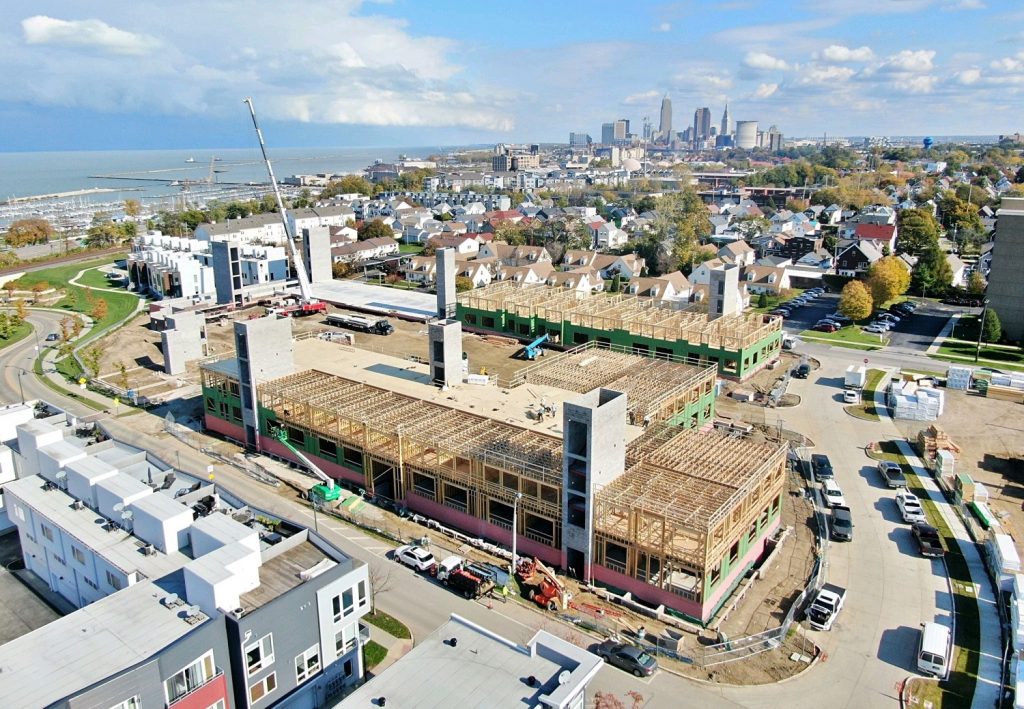
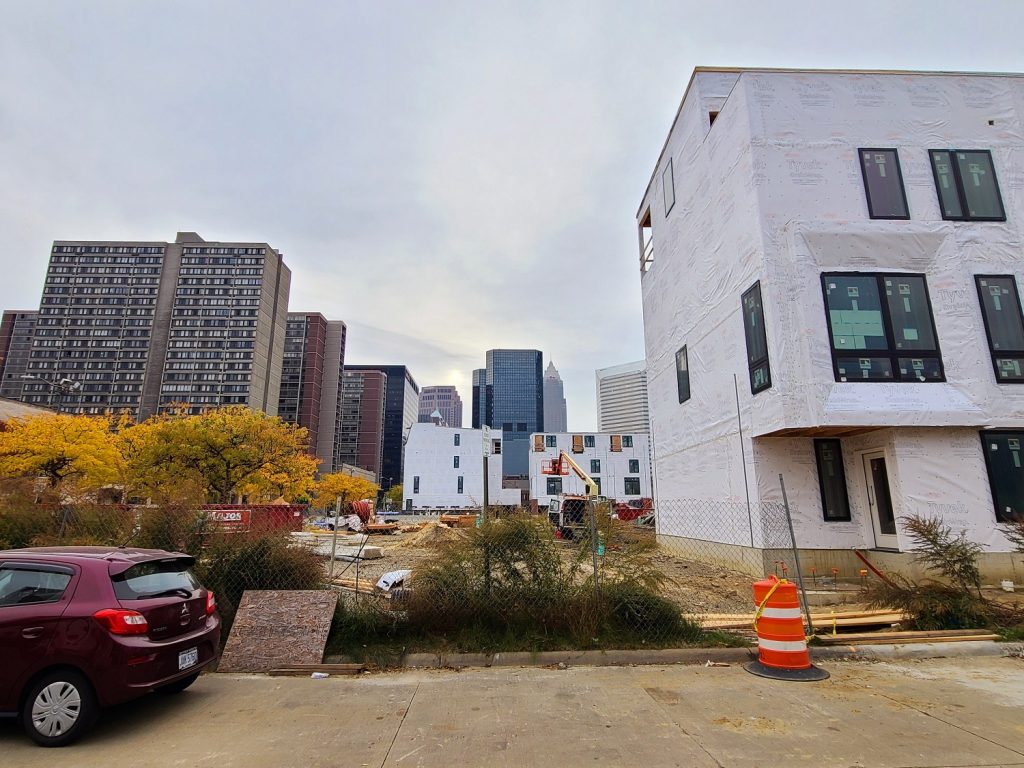
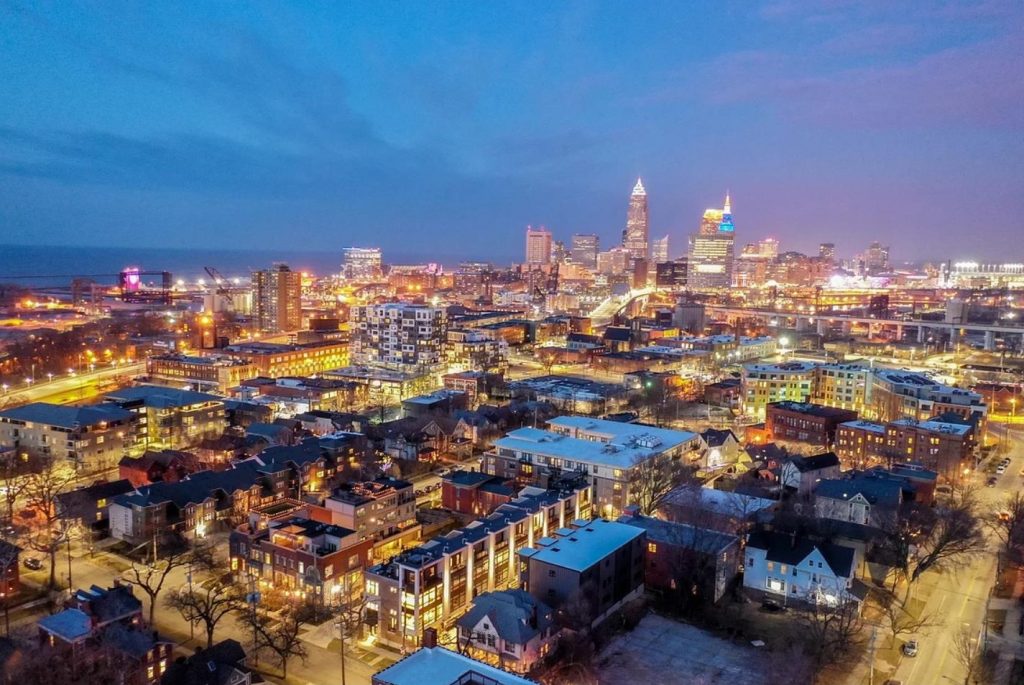
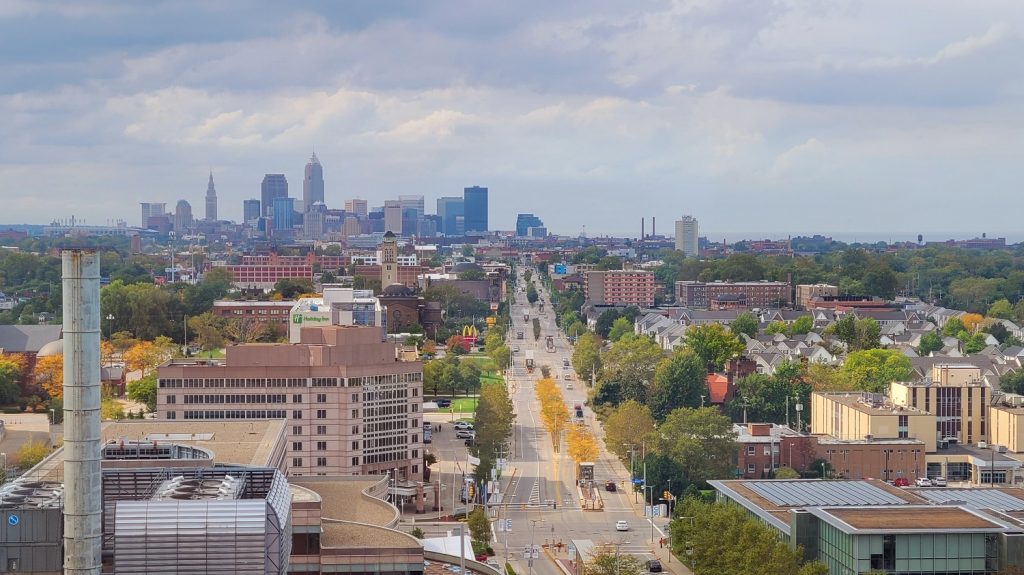







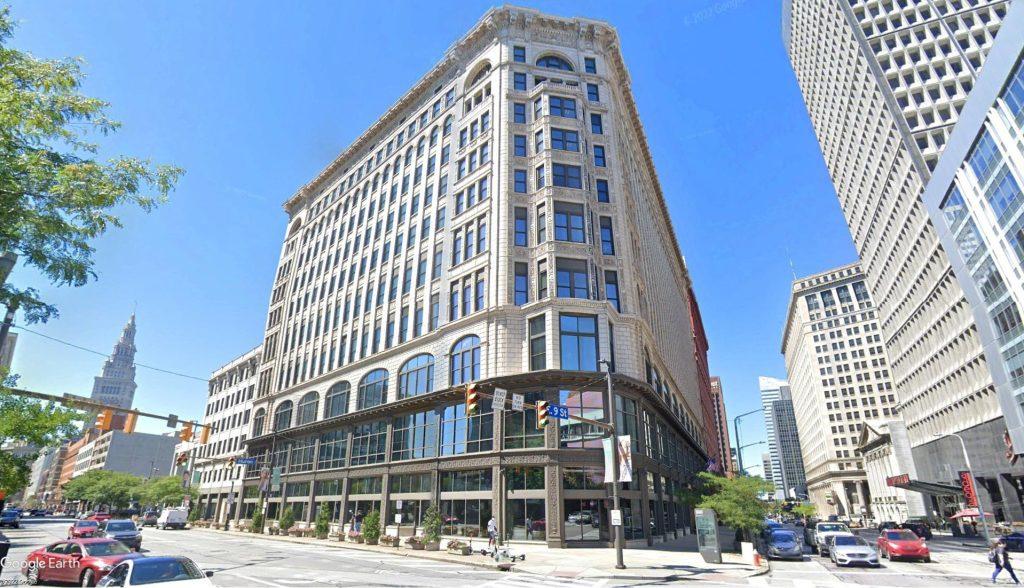
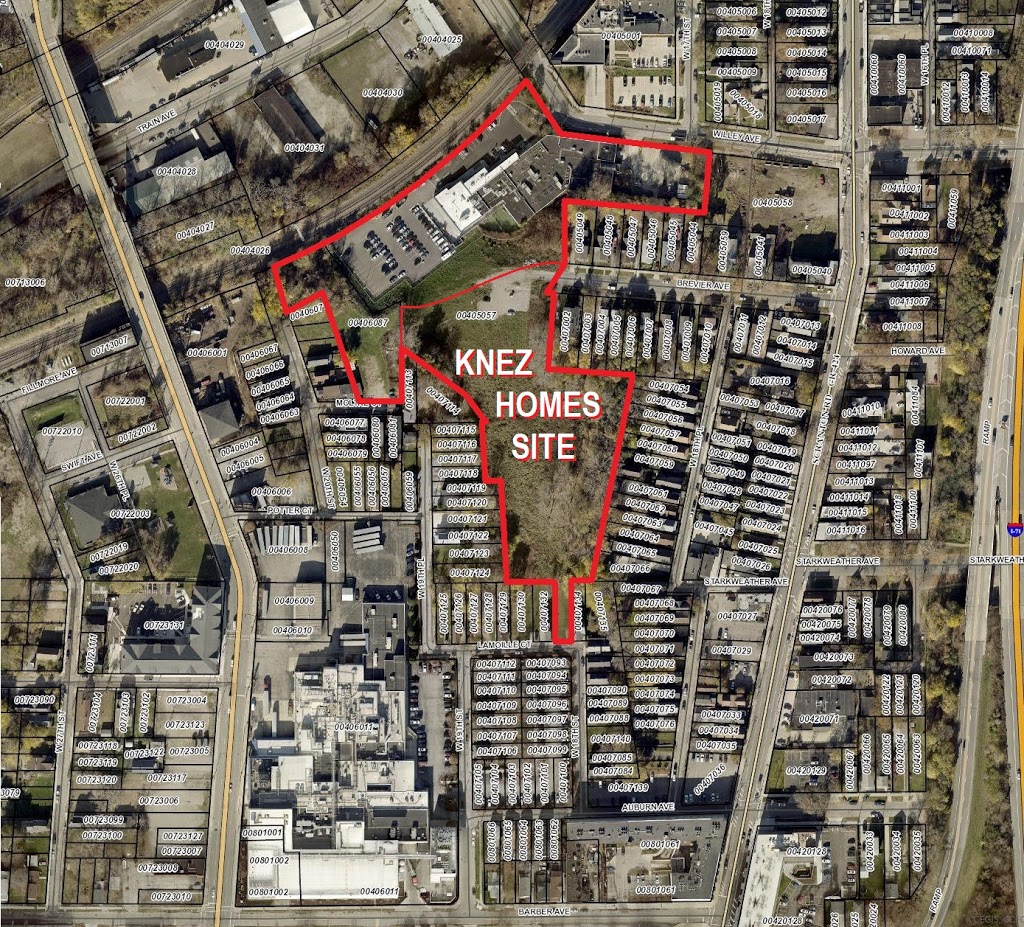

Comments are closed.